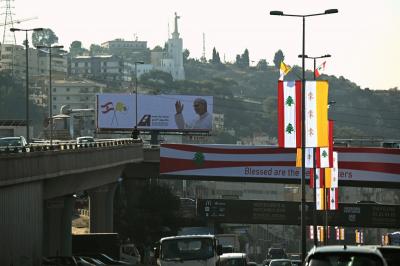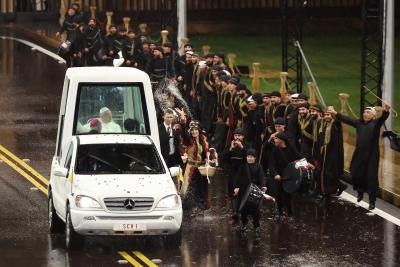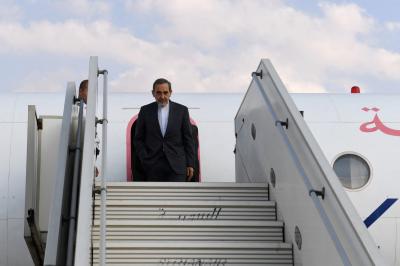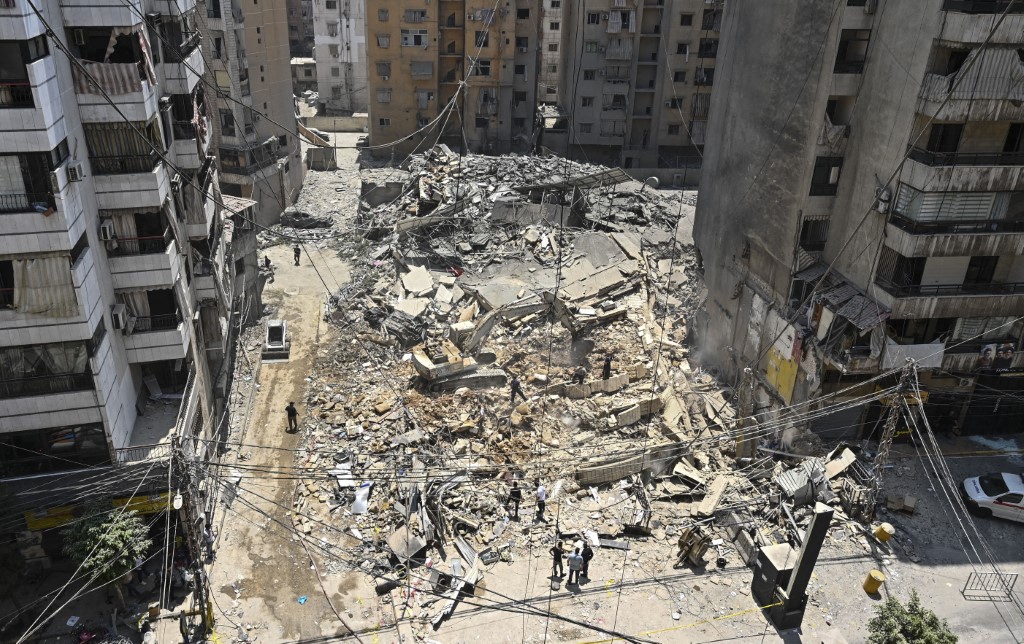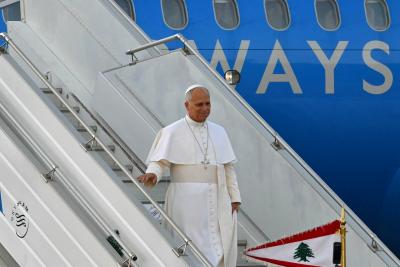During the war between Lebanon and Israel that erupted after the events of October 7, 2023, Beirut’s southern suburbs, along with the country’s south and the Bekaa Valley, suffered devastating damage on civil, urban, economic, and social levels. The southern suburbs—considered the heart of social and economic life for the Shiite community south of the capital—now bear the scars of a conflict that struck homes, infrastructure, vital sectors, and civilians themselves.
Catastrophic Losses: Reliable Numbers from Multiple Studies
The World Bank estimated Lebanon’s overall economic losses at $5.1 billion, with an additional $3.4 billion in infrastructure damage, for a total of $8.5 billion.
- The housing sector alone sustained an estimated $2.8 billion in damages, with around 99,209 housing units damaged or destroyed.
- The agricultural sector lost more than $700 million, according to a joint UN–Ministry of Agriculture report. This included $118 million in direct damage and $586 million in lost production, with reconstruction needs estimated at $263 million.
- Trade losses from stoppages and disruptions were calculated at $1.7 billion.
- Tourism and hospitality lost nearly $1.1 billion.
- Losses in education were put at $215 million, in environmental damage at $221 million, and in health at between $74 million in damages and $338 million in losses.
Concentration of Damage in the Southern Suburbs
The hardest-hit areas included Nabatieh, Sidon, Tyre, Bint Jbeil, and Marjayoun, extending to Beirut’s southern suburbs, which alone recorded some $144 million in damage—figures that represent only part of the overall destruction.
Satellite analysis revealed that between a quarter and a half of the buildings in southern villages such as Aita al-Shaab and Kfar Kila were damaged, underscoring the sheer scale of devastation.
A local report estimated that in just six months, direct damage in southern Lebanon reached $370 million, while indirect losses—primarily from reduced economic and tourism activity—totaled $1.1 billion, bringing the combined cost to $1.5 billion. Other assessments put total southern losses at $1.2 billion, including $280 million in direct infrastructure and agricultural damage and $300 million in indirect losses.
Compensation and Repair: State and International Efforts
Finance Minister Yassin Jaber announced an initial allocation of 200 billion Lebanese pounds to the Higher Relief Commission from state funds to begin urgent repairs. He also unveiled a $250 million World Bank loan earmarked for rebuilding war-damaged infrastructure—an essential step toward restoring stability to this critical region.
In parallel, the Cabinet approved a draft law in the 2025 budget granting retired civil servants 12 million pounds per month, part of a broader effort to adjust salaries to reflect dire living conditions and the state’s fragile finances. This decision was seen as a signal that the government intends to launch a reconstruction drive, despite its limited means, while welcoming external support from partner countries and international institutions, chiefly the World Bank.
What Is the Solution?
In an interview with Al Safa News, economic and social expert Dr. Fouad Moussallem stressed that reconstruction cannot rely solely on compensation and loans. A long-term strategic plan is needed, including:
- Rebuilding critical infrastructure—electricity, water, roads, schools, and hospitals—in a modern, sustainable way.
- Compensating affected residents and small to medium business owners to restore economic activity.
- Launching development projects that create jobs and bolster community resilience against future crises.
- Ensuring transparency and good governance in the management of reconstruction funds, whether from the state or foreign donors, to prevent waste and guarantee funds reach those in need.
- Involving local communities in setting priorities to build trust between citizens and the state.
Moussallem concludes that the greatest challenge is balancing rapid reconstruction with financial and social stability, which requires close cooperation between government, the private sector, and international donors.
Toward Fair and Sustainable Reconstruction
The lessons are stark: Lebanon has endured its worst devastation since 2006, and Beirut’s southern suburbs remain an open wound reflecting the suffering of both state and citizens. Figures—from the World Bank and local sources—point to a disaster costing $8–9 billion, leaving thousands of homes in ruins and hundreds of thousands displaced and deprived of their livelihoods.
The keys now are:
- Securing sustainable financing through both national budgets and international aid.
- Prioritizing transparency and governance to ensure funds are delivered fairly.
- Engaging local communities in reconstruction priorities.
- Combining direct compensation, infrastructure rebuilding, and development projects to restore hope and opportunity.
Only through this comprehensive vision can today’s disaster be transformed into an opportunity to rebuild Beirut’s southern suburbs on the foundations of dignity, social balance, and national recovery.
Please post your comments on:
comment@alsafanews.com
 Politics
Politics
